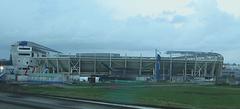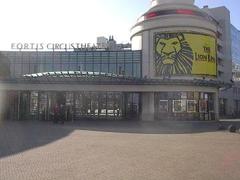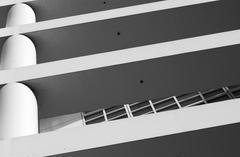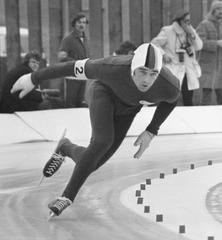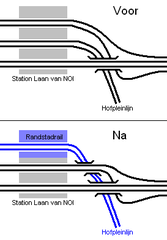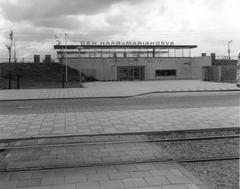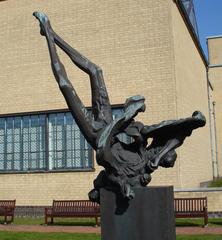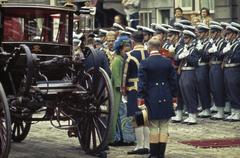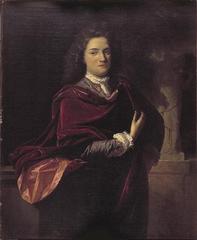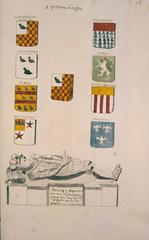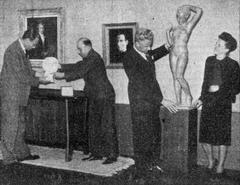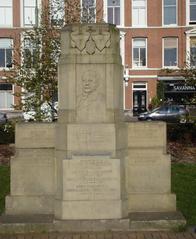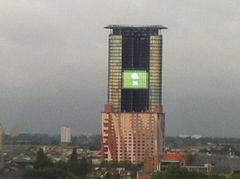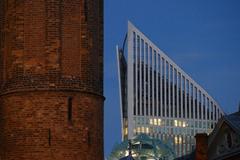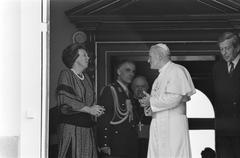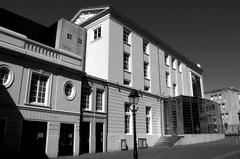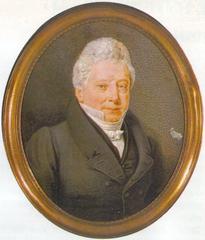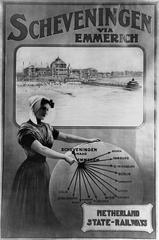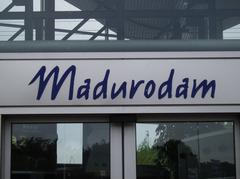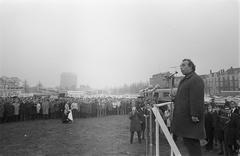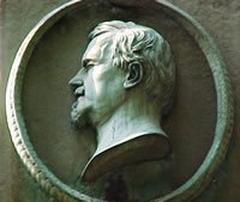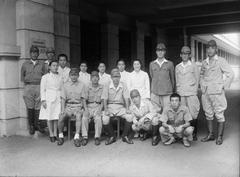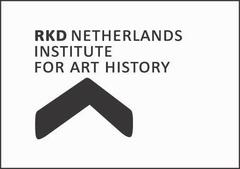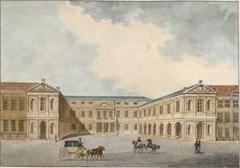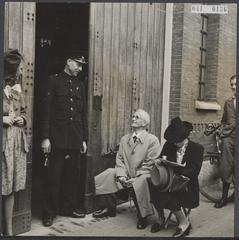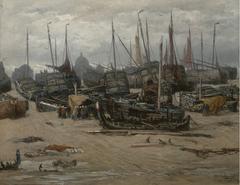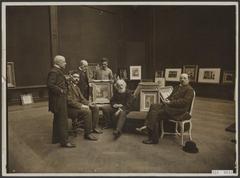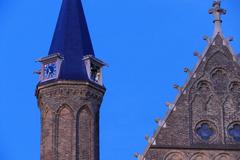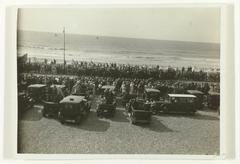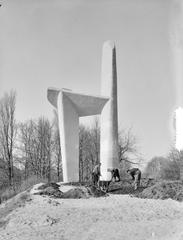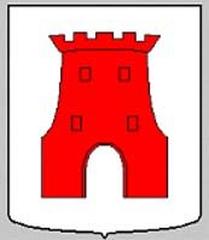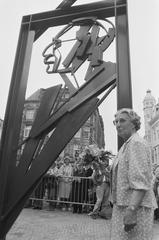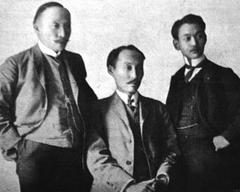Kijkduin en Ockenburgh: Visiting Hours, Tickets, and Historical Sites in The Hague
Date: 03/07/2025
Introduction
Nestled along the southwestern coast of The Hague, Kijkduin en Ockenburgh are remarkable destinations that merge a rich historical legacy with stunning natural landscapes and a vibrant, family-friendly atmosphere. These coastal gems have evolved from ancient settlements and aristocratic estates into a haven for relaxation, recreation, and cultural events. Visitors can explore expansive sandy beaches, protected dunes, historic villas, and modern promenades, all within an inclusive and accessible environment. Whether you’re interested in tranquil nature, WWII history, or lively festivals, Kijkduin en Ockenburgh reflect The Hague’s unique identity as a city beside the sea (Wikipedia; denhaag.com; Visit Kijkduin).
Table of Contents
- Introduction
- Historical Overview
- Practical Visitor Information
- Cultural Significance and Landmarks
- Tourism, Nature, and Community Value
- FAQ
- Conclusion
- References
Historical Overview
Early Human Presence and Origins
The earliest traces of human habitation in Ockenburgh date back to the Bronze Age, drawn by the region’s strategic coastal location and abundant natural resources (Wikipedia). The name “Kijkduin,” meaning “Look Dune,” highlights its historic role as a North Sea lookout, used for both fishing and defense (Visit Kijkduin).
The Rise of Estates: Ockenburgh and Meer en Bos
In the 17th century, the area’s transformation began when Jacob Westerbaen, a poet and physician, purchased the Ockenburgh dunes and established his estate, calling it his “Eden in the Duyn.” Over time, Ockenburgh became a leisure retreat for the elite, with landscaped gardens evolving into the picturesque parkland seen today. Nearby, the Meer en Bos estate further enhanced the region’s reputation for green luxury (Wikipedia; Den Haag Municipality).
The Birth of Seaside Tourism (19th–20th Century)
Kijkduin’s development as a seaside resort began in the late 19th century, marked by the construction of a bath hotel and the arrival of visitors seeking the health benefits of sea air. By the early 20th century, villa parks and residential areas expanded, distinguishing Kijkduin as a tranquil alternative to Scheveningen (Wikipedia; Visit Kijkduin).
World War II and the Atlantic Wall
During WWII, Kijkduin’s coastline was transformed by the German military’s construction of bunkers and defenses as part of the Atlantic Wall. Remnants of these structures remain today, offering insight into the area’s wartime history (Visit Kijkduin).
Post-War Development and Modern Era
The decades after WWII saw Kijkduin and Ockenburgh flourish as recreational destinations. Campsites and bungalow parks emerged, the “pueblo gardens” were created for sports and leisure, and the area became known for innovative coastal management strategies like the Sand Engine (Zandmotor) project (Wikipedia; Visit Kijkduin; Wonen in Den Haag). Today, Kijkduin and Ockenburgh combine sustainable urbanization with the preservation of nature, holding protected status as part of the Solleveld nature reserve.
Practical Visitor Information
Visiting Hours and Ticket Information
- Ockenburgh Estate: Open daily from 8:00 AM to sunset. Free entry; guided tours available seasonally, with tickets bookable online.
- Meer en Bos Park: Open year-round, dawn to dusk, free to enter.
- Kijkduin Beach and Boulevard: Open 24/7, free access. Shops and restaurants generally open 10:00 AM–8:00 PM.
- Landgoed Ockenburgh (Historic Manor): Daily 10:00 AM–5:00 PM; tickets approximately €7 for adults, €5 for seniors/students, free for children under 12 (triphobo.com).
Getting There and Accessibility
- Public Transport: HTM buses 24, 26, and 23 (seasonally) connect The Hague’s center with Kijkduin (approx. 25–45 minutes) (rome2rio.com).
- Car: Paid parking at Kijkduin Boulevard and Machiel Vrijenhoeklaan; accessible spaces available.
- Cycling/Walking: Dedicated cycling and walking paths from The Hague and surrounding neighborhoods.
- Accessibility: Wheelchair-friendly paths on the boulevard, main beach entrances, and Ockenburgh estate. Some dune trails may be uneven.
Special Events and Guided Tours
- Sand Sculpture Festival: Annual event featuring international sand artists (Free Walking Tour The Hague).
- Guided Nature and History Walks: Available seasonally; booking recommended.
- Duinenmars: Popular spring walking event traversing dunes and parks.
Cultural Significance and Notable Landmarks
- Ockenburgh Estate: 17th-century villa and landscaped gardens, now a nature reserve and event venue (Wikipedia).
- Meer en Bos: Former aristocratic estate with ponds and woodlands (Den Haag Municipality).
- Kijkduin Boulevard: Modern promenade with shops, restaurants, and direct beach access (Verrückt nach Holland).
- Monument van Puin: Memorial commemorating local history (Mapcarta).
- Atlantik Wall Museum: WWII-era bunkers and exhibits (Free Walking Tour The Hague).
- James Turrell Celestial Vault: Unique art installation for stargazing.
Tourism, Nature, and Community Value
Kijkduin en Ockenburgh are essential to The Hague’s identity as a “city beside the sea.” The area’s harmonious blend of beach, dunes, and green spaces demonstrates a commitment to sustainable development and ecological conservation (denhaag.com). Protected dunes provide a vital habitat for native plants and animals, while the beachfront and parks offer year-round recreation. The local economy thrives on sustainable tourism, and the community actively engages in nature stewardship and cultural events.
Accommodation
- Hotels and Resorts: From Grand Hotel Kijkduin to boutique options.
- Holiday Parks and Camping: Vakantiepark Kijkduin, Camping Ockenburgh, and self-catering rentals.
- Family Amenities: Playgrounds, sports fields, and accessible beach areas.
Dining and Shopping
- Restaurants and Beach Clubs: Diverse options from seafood to international cuisine, often with sea views.
- Shops: Souvenirs, beachwear, and essentials on the boulevard and Deltaplein.
Activities
- Water Sports: Surfing, windsurfing, kitesurfing, and kayaking (BeachAtlas).
- Cycling and Hiking: Well-marked trails through dunes and woodlands.
- Family Attractions: Juttersmuseum (beachcombing history), holiday parks, and playgrounds.
Frequently Asked Questions (FAQ)
Q: What are the best hours for visiting Kijkduin?
A: Early mornings and late afternoons are quieter; beach and promenade are open 24/7.
Q: Are there entrance fees?
A: Access to beach, parks, and Ockenburgh estate is free. Some museums, events, and guided tours require tickets.
Q: Is Kijkduin family-friendly?
A: Yes, with playgrounds, family beaches, and recreational facilities.
Q: Is the area wheelchair accessible?
A: Most main paths, the boulevard, and beach entrances are accessible; some dunes and nature trails may not be.
Q: How do I reach Kijkduin from The Hague center?
A: By HTM bus (lines 24, 26, or 23 in summer), car (with paid parking), or bike.
Q: Can I bring my dog?
A: Dogs are allowed outside the main summer season; check local signage.
Conclusion
Kijkduin en Ockenburgh uniquely combine natural beauty, historical depth, and modern amenities to offer a memorable coastal experience in The Hague. Whether you’re exploring ancient dunes, enjoying family beach days, or delving into wartime history, this area welcomes all visitors with its tranquil atmosphere and commitment to sustainability. For current visiting hours, ticket bookings, and event info, check official tourism websites or download the Audiala app. Explore, relax, and immerse yourself in one of The Hague’s most treasured coastal gems.
References
- Wikipedia
- denhaag.com
- Visit Kijkduin
- Den Haag Municipality
- triphobo.com
- Wonen in Den Haag
- Verrückt nach Holland
- Mapcarta
- rome2rio.com
- scheveningen.com
- BeachAtlas
- Free Walking Tour The Hague
